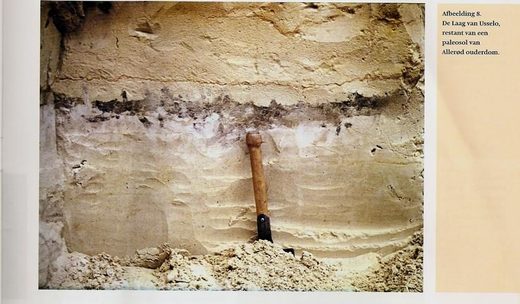
An example of the black mat: The Kloosterman layer
Detailed microscopic investigations of horizons in a surface paleosol, part of a pedostratigraphic stack of tills at New Mountain, Antarctica, dated to the middle Miocene climatic optimum event (ca. 15 Ma), suggest not only that the paleoclimate history of the continent can be read from stratigraphic layers within paleosols but also that records of cosmic events may lie embedded in coatings on sand clasts resident in paleosols.
Recent microscopic and chemical data from
sands in the upper horizons of a surface paleosol (Ant-828), adjacent to the Taylor Glacier, contain Fe and Na coatings surfaced with cosmic signatures including welded and shock-melted grains, opaque carbon coatings, microfeature stack of cards, Fe spherules, solubilized grain surfaces with streams of melted skin, a grain carrying an Ir signature, rare earth elements elevated above crustal averages, and slightly elevated Pt/Pd ratios.
The projected link to the probable black-mat event of 12.8 ka is reinforced by the presence of fresh opaque carbon and other cosmic signatures on grain surfaces that overlie well-weathered grain features, presumably weathering from middle Miocene time near today. Evidence of CO
2 and NO
x accumulations
dated to 12.9 ka in the Taylor Ice Dome suggest that the black-mat impact/airburst of the same time line as
the Younger Dryas boundary may have reached across South America and the Pacific Ocean to the Dry Valley Mountains of Antarctica.To read the paper in full click
here.
Comment: For an excellent article on the events surrounding the Younger Dryas Event, see: Of Flash Frozen Mammoths and Cosmic Catastrophes
Also See: